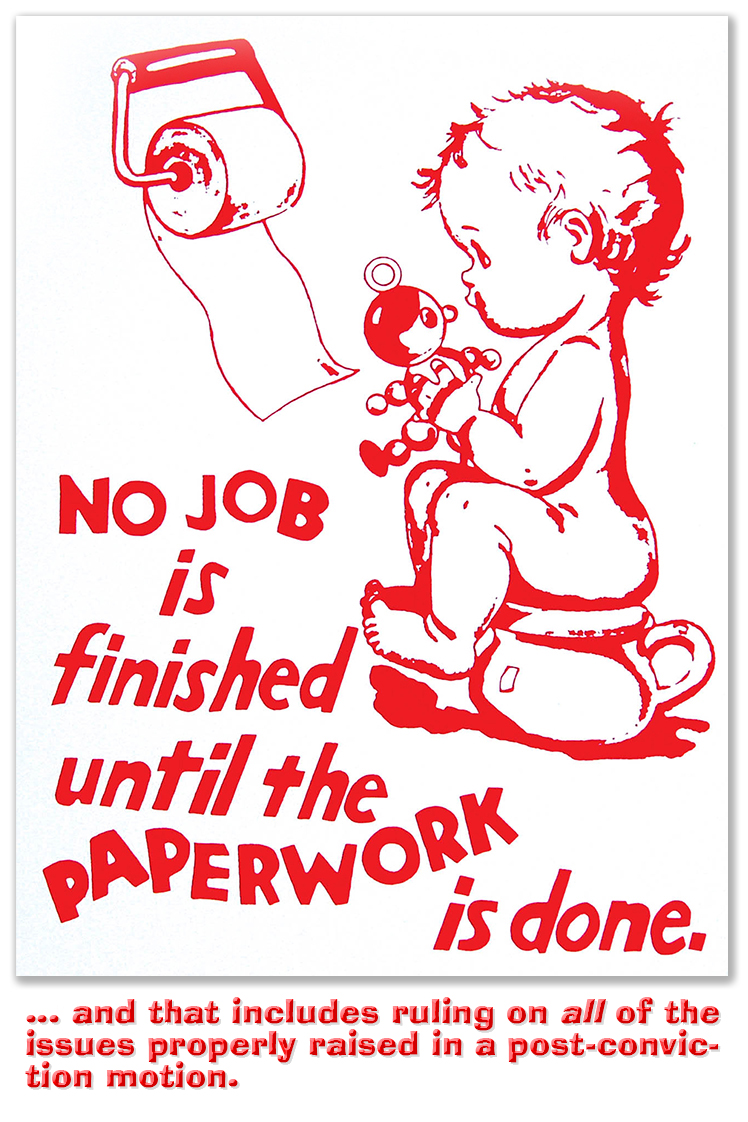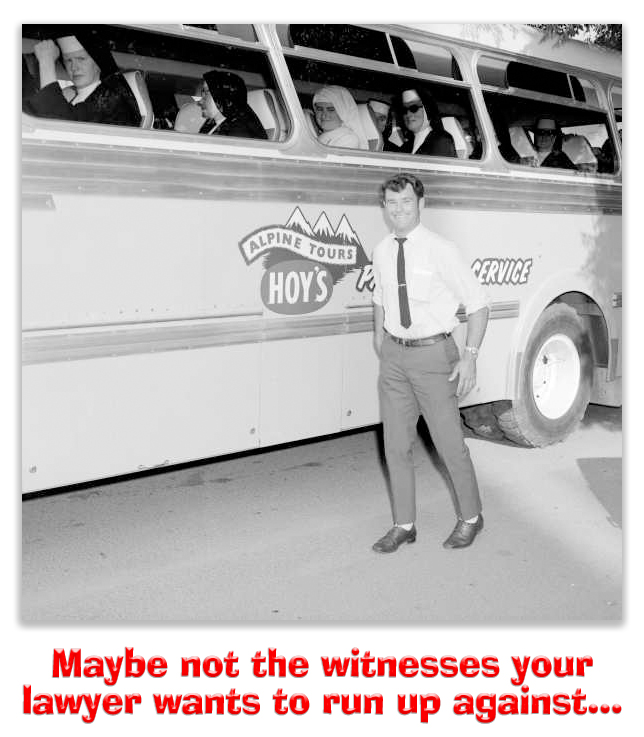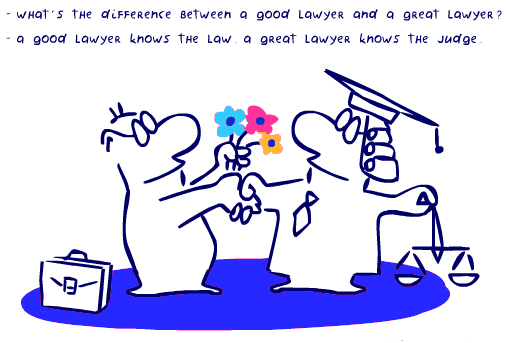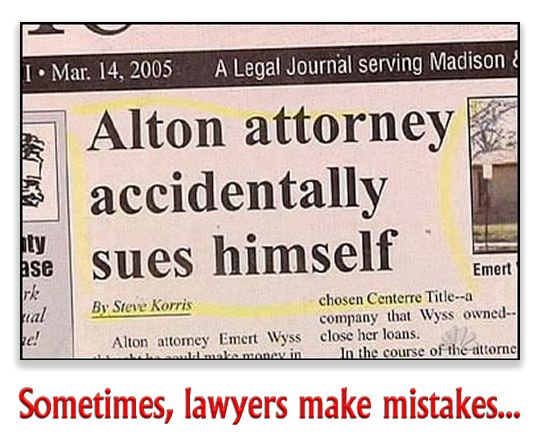We post news and comment on federal criminal justice issues, focused primarily on trial and post-conviction matters, legislative initiatives, and sentencing issues.

WHERE THERE’S A WILL, THERE’S A PROCEDURAL WAY
 Mike Bowe was convicted of an attempted Hobbs Act robbery, during which a gun was fired. So he was convicted as well of an 18 USC § 924(c) violation for the gun and received a sentence for an additional 10 years. After the Supreme Court decided United States v. Davis back in 2019, Mike filed a motion for 11th Circuit permission to file a second § 2255 motion arguing that his predicate Hobbs Act attempt was not a crime of violence to which a § 924(c) could attach.
Mike Bowe was convicted of an attempted Hobbs Act robbery, during which a gun was fired. So he was convicted as well of an 18 USC § 924(c) violation for the gun and received a sentence for an additional 10 years. After the Supreme Court decided United States v. Davis back in 2019, Mike filed a motion for 11th Circuit permission to file a second § 2255 motion arguing that his predicate Hobbs Act attempt was not a crime of violence to which a § 924(c) could attach.
The Circuit turned him down, holding that Mike’s § 924(c) conviction was predicated in part on attempted Hobbs Act robbery, which remained a qualifying “crime of violence” (COV) under circuit precedent. But after that, the Supreme Court decided United States v. Taylor in 2022, holding that an attempted Hobbs Act robbery was not COV, meaning that Mike had been right all along.
Being right doesn’t count for much in the world of habeas corpus. When Mike again asked for permission to file a successive § 2255 motion, the 11th Circuit again turned him down, this time because 28 USC 2244(b)(1) – part of the statute governing the procedure for getting permission for a successive § 2255 motion – barred him from raising an issue already denied in a prior § 2255 motion. No matter that the Circuit had denied that claim under erroneous, pre-Taylor precedent. Mike did everything right; his § 924(c) conviction was plainly invalid; and, but for the misapplication of § 2244(b)(1), he would now be a free man.
Under 28 USC § 2244, a prisoner who is denied the right to bring a second or successive § 2255 motion is not allowed to appeal the denial any further. It’s over. But Mike had some canny lawyers, and they filed a petition for habeas corpus with the Supreme Court, a permissible but seldom used gambit. They pointed out that under 28 USC § 2244(b)(1), a federal court must dismiss a “claim presented in a second or successive habeas corpus application under section 2254 that was presented in a prior application.” 28 USC § 2244(b)(1). But state prisoners seek federal post-conviction relief under § 2254. Federal prisoners seek post-conviction relief under § 2255. Mike argued that three Circuits agreed that § 2244(b)(1) only affected state prisoners: Mike was free to bring his attempted Hobbs Act COV claim again, and that their position – not the view of the six circuits going the other way – should prevail.
The Government agreed with Mike.
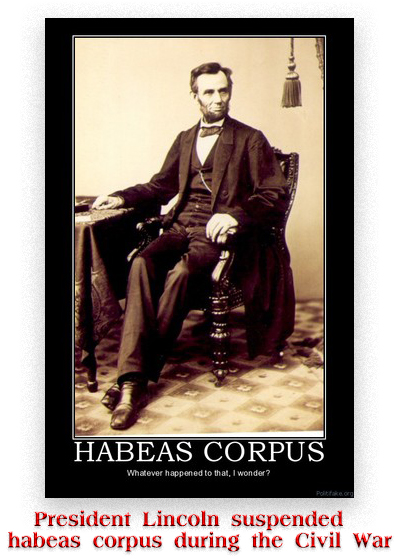 On Wednesday, the Supreme Court denied Mike’s § 2241 petition for habeas corpus. No surprise there: the Court hasn’t granted habeas to a federal prisoner in a long time. But what is noteworthy is that Justice Sonia Sotomayor joined Justice Kavanaugh in calling for a grant of review to decide the split.
On Wednesday, the Supreme Court denied Mike’s § 2241 petition for habeas corpus. No surprise there: the Court hasn’t granted habeas to a federal prisoner in a long time. But what is noteworthy is that Justice Sonia Sotomayor joined Justice Kavanaugh in calling for a grant of review to decide the split.
But how to do that? Because the Government agrees § 2244(b)(1) doesn’t apply to federal prisoners, if one of the three circuits agreeing with that position grant permission for a second-or-successive § 2255, there will never be a petition for certiorari filed by the Government. But if the petitioner is in one of the six circuits that say that § 2244(b)(1) applies to federal prisoners as well as state prisoners, permission to file a second-or-successive § 2255 in a case like Mike’s will never be granted, and the unfortunate prisoner will not be allowed to seek certiorari.
Justice Sotomayor admitted that “[t]here are considerable structural barriers to this Court’s ordinary review via certiorari petition.”
A petition cannot reach the Supreme Court from the three Circuits that read § 2244(b)(1) to apply only to state prisoners. Before a federal prisoner can file a second or successive habeas corpus § 2255 motion, a court of appeals must certify it. When a federal prisoner files a second or successive § 2255 motion that raises an issue he has raised previously, neither the court of appeals nor the district court will apply § 2244(b)(1)’s bar. If the court of appeals certifies the motion, the district court will decide it on the merits.
A petition cannot reach the Supreme Court from the six Circuits that apply § 2244(b)(1) to both state and federal prisoners either. In those Circuits, the court of appeals will apply § 2244(b)(1)’s bar and deny certification to any second or successive § 2255 motion that raises an issue the prisoner has previously raised. Neither the Government nor the prisoner can seek review of that interpretation of § 2244(b)(1) from this Court, however, because the law bars petitions for certiorari stemming from “[t]he grant or denial of an authorization by a court of appeals to file a second or successive application.”
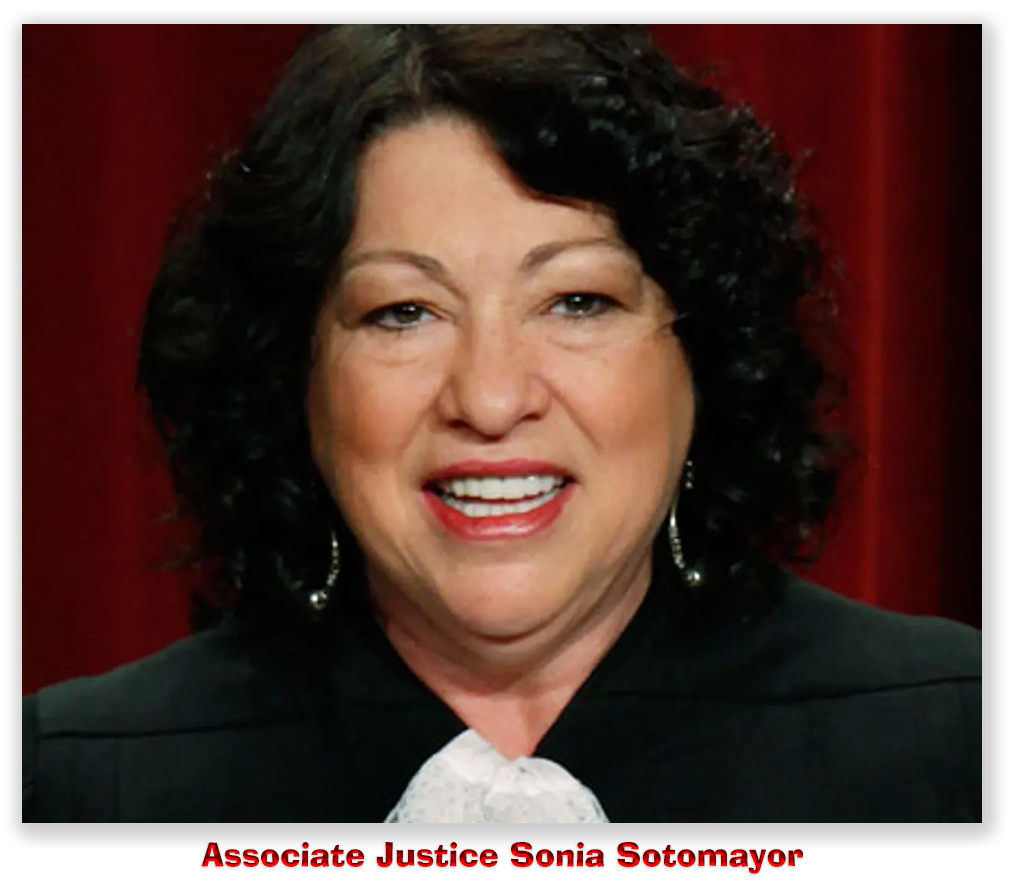 Mike tried to invoke the Supreme Court’s jurisdiction to entertain original habeas petitions under § 2241(a). However, as Justice Sotomayor said, “The standard for this Court’s consideration of an original habeas petition is a demanding one. A petitioner must show both that ‘adequate relief cannot be obtained in any other form or from any other court” and “exceptional circumstances warrant the exercise of the Court’s discretionary powers. Whether Mike has met that demanding standard here is questionable,” the Justice wrote, “because it is not clear that, absent § 2244(b)(1)’s bar, the 11th Circuit would have certified his § 2255 motion.”
Mike tried to invoke the Supreme Court’s jurisdiction to entertain original habeas petitions under § 2241(a). However, as Justice Sotomayor said, “The standard for this Court’s consideration of an original habeas petition is a demanding one. A petitioner must show both that ‘adequate relief cannot be obtained in any other form or from any other court” and “exceptional circumstances warrant the exercise of the Court’s discretionary powers. Whether Mike has met that demanding standard here is questionable,” the Justice wrote, “because it is not clear that, absent § 2244(b)(1)’s bar, the 11th Circuit would have certified his § 2255 motion.”
But the Circuit split needs to be settled, the Justice said, and thus, she “would welcome the invocation of this Court’s original habeas jurisdiction in a future case where the petitioner may have meritorious § 2255 claims. The Government also suggests that a court of appeals seeking clarity could certify the question to this Court. In the meantime, in light of the demanding standard for this Court’s jurisdiction over original habeas petitions, I encourage the courts of appeals to reconsider this question en banc, where appropriate.”
Writing in his Sentencing Law and Policy blog, Ohio State law professor Doug Berman observed, “I still recall fondly when the Second Circuit in United States v. Penaranda, a full 20 years ago, certified three questions to SCOTUS concerning the application of Blakely to the federal sentencing system. I am not sure if there have been any other circuit certifications in the last two decades, but I am sure it is interesting to have two Justices flag this notable means of getting an issue on the SCOTUS docket”
Where there’s a will on the Supreme Court to hear an issue, there’s a way to get it there. Just not for Mike and not for today.
In re Bowe, Case No. 22-7871, 2024 U.S. LEXIS 988 (February 20, 2024)
Sentencing Law and Policy, SCOTUS order list includes a notable statement in a habeas denial (February 20, 2024)
– Thomas L. Root






